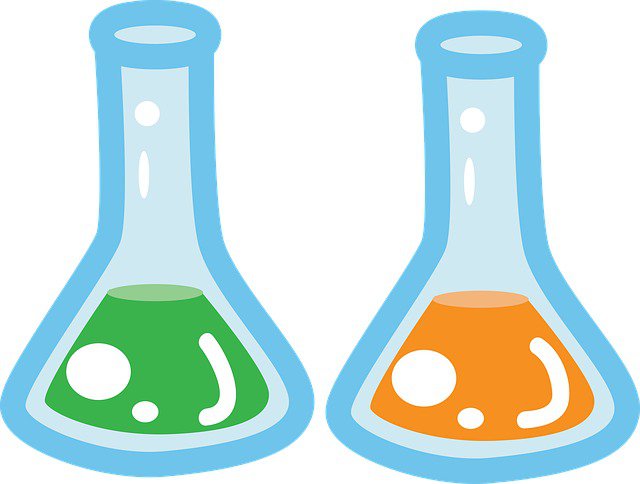Understanding PFAs:
PFAs, or per- and polyfluoroalkyl substances, are a group of man-made chemicals that have been widely used since the 1940s in various industrial and consumer products. They are known for their ability to repel water, oil, and stains. PFAs consist of a large family of compounds with unique chemical properties, making them challenging to study and regulate.
Sources of PFAs Exposure:
PFAs can be found in a variety of sources, including non-stick cookware, food packaging, stain-resistant carpets, firefighting foams, and contaminated water supplies. Additionally, PFAs are used in the manufacturing process of electronics, textiles, and various other consumer goods, which can contribute to their presence in the environment.
Health Risks Associated with PFAs:
Research has shown that PFAs exposure can lead to numerous health issues, including hormone disruption, immune system dysfunction, high cholesterol, kidney and testicular cancer, and developmental problems in children. Long-term exposure to PFAs has also been linked to thyroid disorders and liver damage.
Environmental Impact of PFAs:
PFAs are highly persistent in the environment, earning them the nickname "forever chemicals." They can accumulate in soil, water, and living organisms, posing risks to ecosystems and biodiversity. Wildlife exposed to PFAs may experience reproductive and developmental problems, as well as disruptions in their endocrine systems.
Regulatory Frameworks and PFAs:
Governments and regulatory agencies worldwide are taking action to manage the risks associated with PFAs. Some countries have banned or restricted the use of certain PFAs, while others are investing in research to develop safer alternatives. However, challenges remain in establishing consistent and comprehensive regulations.
PFAs in Drinking Water:
Contaminated drinking water is a primary source of PFAs exposure for many people. Public water systems, private wells, and even bottled water can contain concerning levels of these chemicals. Regular testing and proper water treatment can help to mitigate the risks associated with PFAs in drinking water.
Reducing PFAs Exposure:
There are several ways individuals can reduce their exposure to PFAs, such as avoiding products with PFAs-containing materials, using filters for drinking water, and supporting legislation aimed at regulating these chemicals. Increased awareness and education are critical in driving change and promoting a safer environment.
The Future of PFAs:
The future of PFAs will be shaped by ongoing research, regulatory developments, and the emergence of alternative materials. Innovations in material science and chemistry could lead to the development of safer, more environmentally friendly substitutes for PFAs. Additionally, advances in remediation technologies could help to address the problem of PFAs contamination in soil and water.
In conclusion, PFAs are a complex and pervasive issue that demands the attention of individuals, industries, and governments alike. By increasing awareness, supporting regulatory efforts, and investing in research and development, society can work towards a future with reduced PFAs exposure and its associated risks.
Discover the hidden dangers of PFAs in this comprehensive guide. Learn about their sources, health risks, environmental impact, and ways to reduce exposure.
The Good News:
Pfas can be removed from drinking water using a carbon filter. Naturally, the efficiency and type of carbon is related the the ability to remove PFAs. The AlkaWay Ultrastream uses catalytic carbon – the most efficient (and expensive) carbon available.


